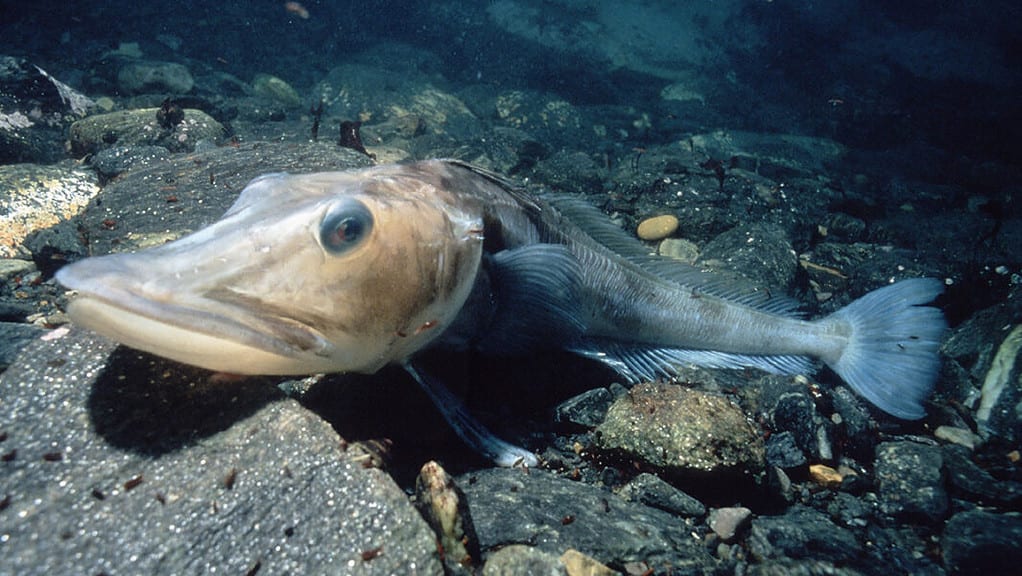With white blood that lacks hemoglobin, notothenioids have some of the most impressive adaptations out of any vertebrate. It gets even better. The group of fishes has an antifreeze protein that helps them survive in the sub-zero temperatures of the Antarctic. Now, researchers have mapped out how they did it.

Notothenioids shouldn’t really exist. They live in the frigid waters below the Antarctic ice, isolated from the rest of the world by circular currents. They also spend their time in water that can reach -2°C — below the normal freezing point. They only manage to survive because they evolved antifreeze proteins in their blood.
But it gets even weirder: one group of notothenioids have basically lost their hemoglobin. Unsurprisingly called “icefish”, these are the only vertebrates we know of that don’t have any red blood cells.
“Survival in such a harsh environment requires additional compensations of the organism, and these fish have developed special proteins that act as antifreeze to stop them from freezing,” says Dr. Iliana Bista, one of the authors of a new study on icefish.
“These fish are the only vertebrates known to have completely lost their hemoglobins, and their blood looks white. This is remarkable because hemoglobins are needed to transport oxygen through the body; their loss in icefish is only possible because oxygen dissolves better in water at very low temperatures, and because of additional genomic and physiological adaptations.”
Bista is part of a team that sequenced the genome of 24 species of notothenioid fishes. With this new data, the researchers reconstructed the evolutionary and genetic history of these fish. They found, for instance, that the cold-resilient fishes split from the other lineages some 10.7 million years ago — more recent than expected. Also, some 5 million years ago, many new species started evolving and changing quickly.

The loss of hemoglobin did not come without consequences, the researchers explain. This must have been a shock that required numerous adaptations.
“A striking respiratory phenotype arose in the derived family Channichthyidae (“icefishes”), including the complete loss of functional hemoglobins in all of its species and the loss of cardiac myoglobin in six of them. While hemoglobin loss was not lethal in the oxygenated waters of the cold Southern Ocean, these losses were likely not without fitness consequences, as indicated by numerous compensatory cardiovascular adaptations, including enlarged hearts, and increased vascular bores,” the researchers note.
The genome of the ice-resistant fishes also extended quite drastically. This was enabled by a large increase in the number of transposons. Transposons are genomic elements that can introduce new functions and can copy themselves into new positions. It’s also when these genomic changes started happening that the fish started losing their hemoglobin.
Ultimately, this type of genetic analysis can help us understand how vertebrates can survive in such extreme environments, and how they are able to withstand such an extreme ecosystem. Without new genomic technology, work like this wouldn’t have been possible.
“Notothenioid fish live at the edge of viability. Sequencing a broad collection of their genomes gives insights into how they have evolved to survive there, and supports our understanding of a critical ecosystem. This study is a great example of how advances in genomics are revolutionizing our ability to understand biodiversity across the world,” says Professor Richard Durbin.
Ultimately, these fishes stand as a testament to the wonders of natural evolution and the adaptations that life is capable of. The evolutionary journey of the Notothenioids is a story of resilience and adaptation. But there’s still much we don’t know about them and still plenty of work left for future research.









